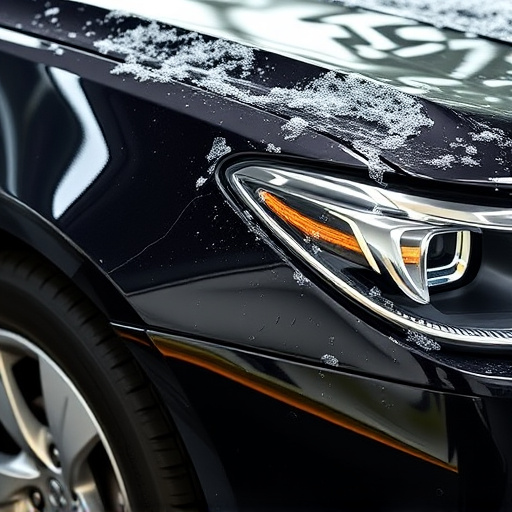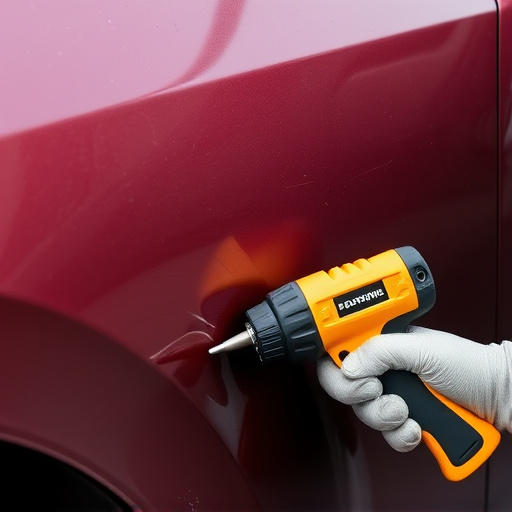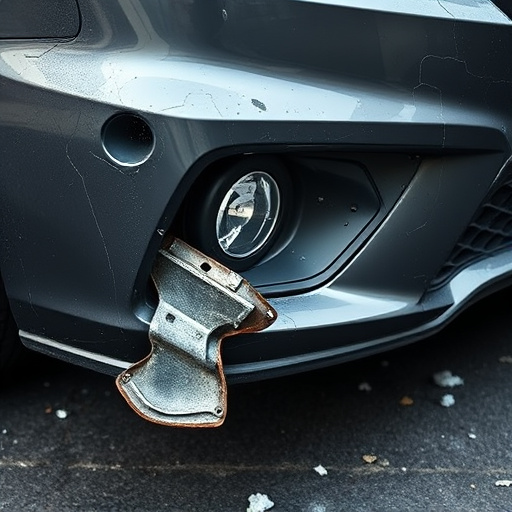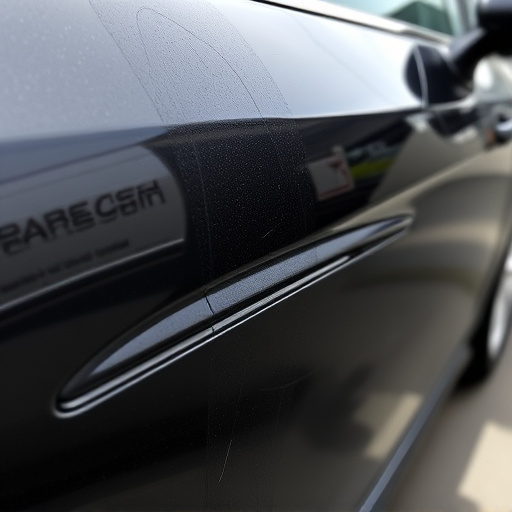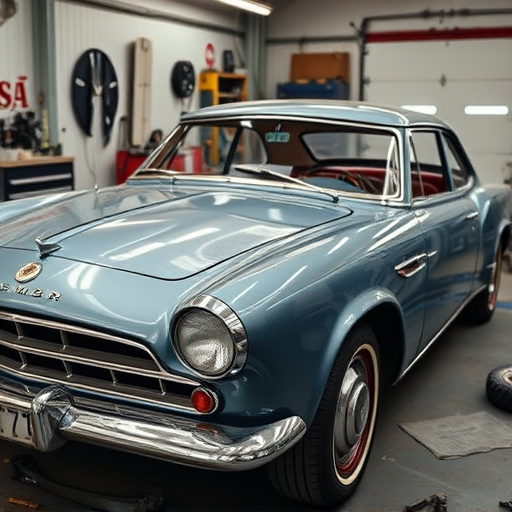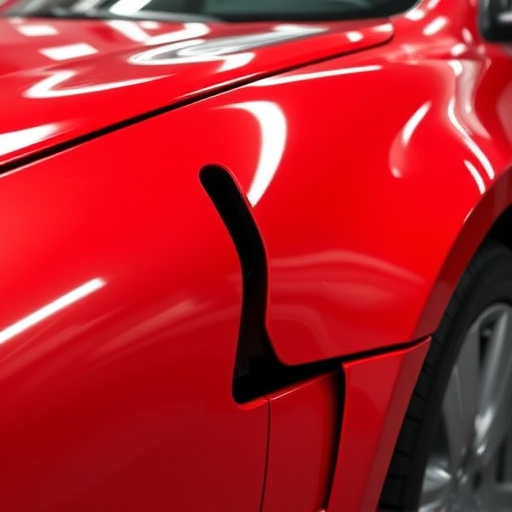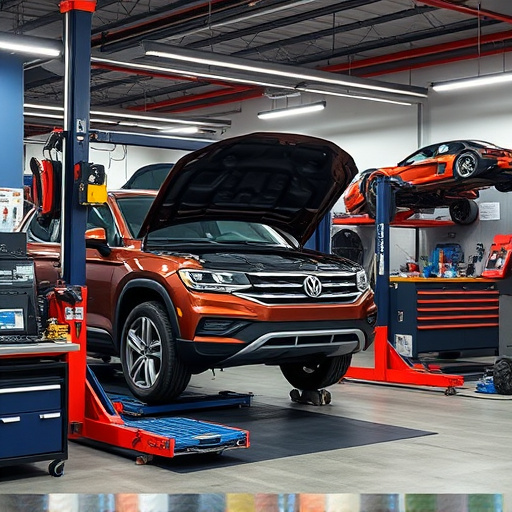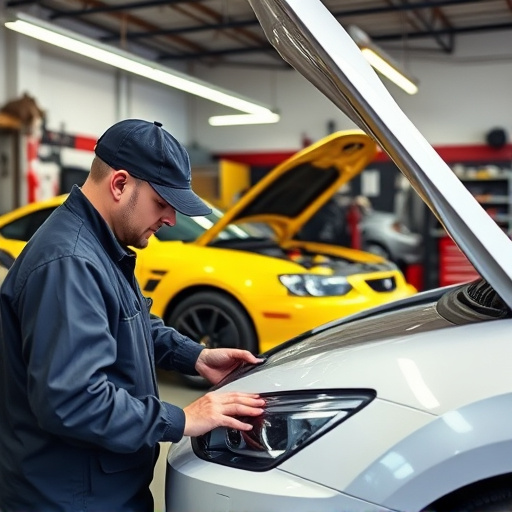Plastic welding technology is a key innovation in automotive industry, enhancing vehicle durability and performance by melting and fusing plastic components for strong bonds. Its versatility allows lightweight construction, improved fuel efficiency, reduced costs in repair and restoration, and increased design flexibility without compromising structural integrity, making vehicles more resilient. This technology is particularly beneficial for luxury brands like Mercedes Benz, offering cost savings through efficient joining and quick dent repair. It plays a crucial role in environmental sustainability, fleet repair services, and overall vehicle safety.
Plastic welding technology has emerged as a game-changer in the automotive industry, revolutionizing vehicle construction. This innovative process contributes significantly to enhanced durability and performance. By joining various plastic components, it enables the creation of lighter, more robust structures, reducing weight and increasing fuel efficiency. Understanding this technology’s fundamentals is crucial, as it plays a pivotal role in modern automotive design, ensuring vehicles meet stringent safety and environmental standards while delivering superior longevity.
- Understanding Plastic Welding Technology in Vehicles
- Enhancing Durability: Key Benefits of Plastic Welding
- The Role of Plastic Welding in Modern Automotive Design
Understanding Plastic Welding Technology in Vehicles

Plastic welding technology plays a pivotal role in enhancing vehicle durability, particularly in modern automotive design where plastic components have become increasingly prevalent. This advanced technique involves melting and fusing two or more plastic parts together to create a strong, seamless bond. It’s not just about joining plastics; it’s a precise process that ensures structural integrity, especially in car bodywork services, making vehicles more resilient to the rigors of daily use and extreme conditions.
The versatility of plastic welding technology is evident in its application across various automotive repair and even classic car restoration projects. By allowing for the seamless integration of different types of plastics, this method contributes to lightweight construction, improved fuel efficiency, and reduced manufacturing costs. It also enables greater design freedom, resulting in more sophisticated and innovative vehicle interiors and exteriors, without compromising on structural strength.
Enhancing Durability: Key Benefits of Plastic Welding
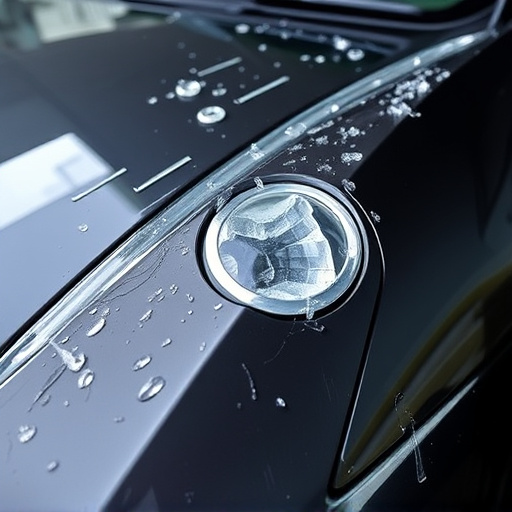
Plastic welding technology plays a pivotal role in enhancing the durability of modern vehicles, offering several key benefits that set it apart from traditional joining methods. One of its primary advantages is the ability to create strong, seamless bonds between various plastic components, which are increasingly used in automotive manufacturing due to their lightweight nature and superior strength-to-weight ratio. This is particularly evident in luxury vehicle brands like Mercedes Benz repair, where precision welding techniques ensure structural integrity without compromising aesthetics, making these vehicles more resistant to damage during accidents or over time.
Furthermore, plastic welding provides a cost-effective solution for mercedes benz repair and auto painting services. By efficiently joining plastics, it reduces the need for multiple fasteners or expensive metal reinforcement, thereby lowering production costs. This technology is also invaluable in vehicle dent repair, allowing technicians to restore damaged panels to their original condition quickly and effectively, ensuring the longevity of the vehicle’s exterior.
The Role of Plastic Welding in Modern Automotive Design
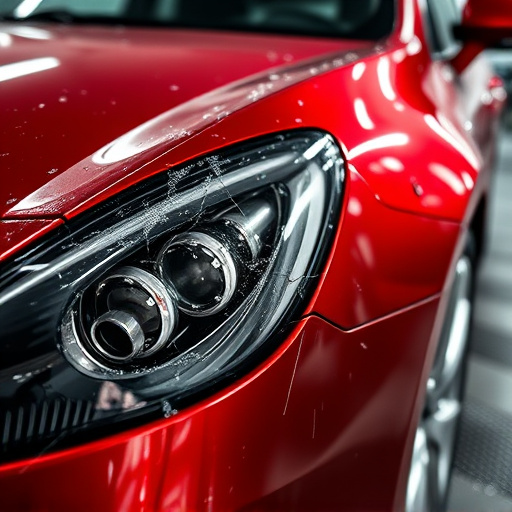
In modern automotive design, plastic welding technology plays a pivotal role in enhancing vehicle durability and performance. With the increasing use of plastics in auto manufacturing, this advanced technique has become indispensable for joining various plastic components within a vehicle’s structure. Plastic welding allows for precise bonding, ensuring robust connections that can withstand the rigors of daily driving and extreme weather conditions. This is particularly crucial in regions with harsh climates where vehicles need to sustain impact resistance and structural integrity over extended periods.
The integration of plastic welding technology in auto body services and fleet repair has led to innovative design solutions. It enables the creation of lighter-weight vehicles, contributing to better fuel efficiency and reduced environmental impact. Moreover, its versatility allows for complex geometric joins, facilitating more streamlined and aerodynamic designs. This not only improves vehicle aesthetics but also enhances overall performance, making modern cars safer and more reliable on the road. For fleet repair services, efficient plastic welding practices are essential in minimizing downtime and ensuring rapid repairs, which is critical for maintaining high operational standards.
Plastic welding technology plays a pivotal role in enhancing vehicle durability, offering numerous benefits that modern automotive design cannot afford to overlook. By seamlessly integrating plastics, manufacturers can create lighter, more robust vehicles that are built to last. As materials science continues to evolve, the applications of plastic welding will only expand, further solidifying its position as a game-changer in the automotive industry.

